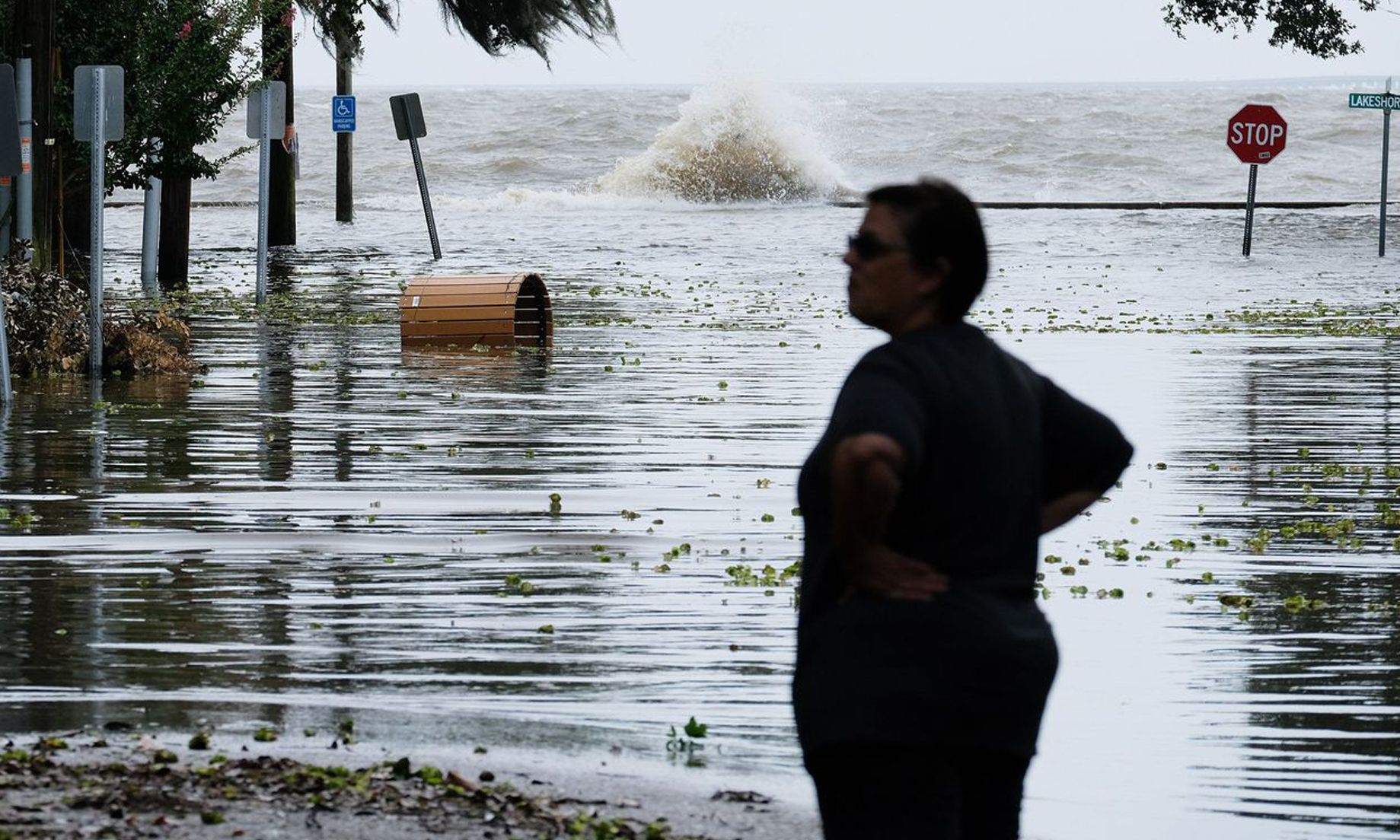LOUISIANA, July 14 (NNN-AGENCIES) – After several hours as a hurricane, the weather system Barry finally made landfall in Louisiana this Saturday downgraded to a tropical storm, though authorities asked people in the area to take extreme precautions due to the threat of flooding.
The National Hurricane Center (NHC) reported that Barry made landfall this Saturday at some 10 kilometers (6 miles) northeast of Intercoastal City and 50 kilometers southwest of Lafayette in Louisiana.
Though its storm center is now on land, the rains have scarcely begun in some places.
According to the NHC bulletin at 7:00 pm Miami time (2100 GMT), the tropical storm has maximum sustained winds of 65 mph (100 km/h) moving north-northwest at 7 mph (11 km/h). A spin toward the north-northwest is expected tonight, followed by another to the north on Sunday.
Despite its weakening, Louisiana Gov. John Bel Edwards warned at a press conference shortly after Tropical Storm Barry made landfall on the Louisiana coast that “this is just the beginning.”
“I ask everyone to stay vigilant and be safe. This has always been projected to be a rain and flood event and it will be. The vast majority of the rain falling right now is falling in the gulf (of Mexico),” he said.
The governor noted that there are currently 3,000 National Guard troops on duty to respond to the Louisiana emergency.
“It’s going to be a long several days for our state,” he said.
One of the communities that could be most affected in Louisiana because of its location is Morgan City, a town of 12,000 inhabitants right on the Gulf of Mexico coastline.
“For now, not much water is falling on the city. As forecast, most of the rain is out in the gulf,” Morgan City Mayor Frank Grizzaffi told on the phone.
Grizzaffi said the winds weren’t all that strong, though he specified that one of his chief concerns is trees falling and that the rains might collapse the city’s sewer system, which could cause flooding.
“We’ve installed more water pumps to drain it but if it rains too much we won’t have the capacity to drain it,” the mayor said.
According to his information, at least 50 percent of Morgan City inhabitants are without electricity.
At some 112.5 kilometers south of New Orleans, the residents of Morgan City, which is practically isolated by its surroundings of lakes, rivers and swamps, have entrenched themselves in their homes behind sacks of sand.
“Situations like this are never far from us, and though we’ve gone 10 years without a hurricane, we’ve had them come close during that time,” the mayor said.
The authorities hope that Barry will move toward the middle of the state in the next few hours and hoped that it quickly winds down.
“We’re still waiting for the 10 to 15 inches (25.4 to 38.1 centimeters) of rainfall,” he told his press conference, which he also warned that “even less powerful winds can have a devastating effect, knocking down trees on houses and highways.”
The hurricane season in the Atlantic basin officially began on June 1, but before that, on May 20, Subtropical Storm Andrea formed south-southeast of Bermuda, but weakened almost immediately and caused no damage.
According to the forecast updated at Colorado State University (CSU), activity in the current Atlantic hurricane season is likely to have 14 tropical storms, six of which could possibly upgrade to hurricane strength, with Barry being the first of them.
In 2005, Louisiana suffered the effects of Hurricane Katrina, which left 1,800 people dead, mostly in the city of New Orleans
NNN-AGENCIES






